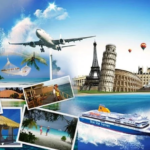Karachi The Heart of Pakistan – A Complete Guide
Karachi, the bustling metropolis of Pakistan, is more than just the country’s financial capital. It’s a city that breathes with history, culture, and an unstoppable spirit. As the most populous city in Pakistan and one of the largest in the world, Karachi is a melting pot of traditions, ethnicities, and economic dynamism. From the colonial-era architecture and sandy beaches to the vibrant food streets and sprawling marketplaces, Karachi holds something for everyone. This article provides a complete guide to understanding the city, exploring its historical significance, culture, economy, and everyday life.
A Brief History of Karachi
Karachi’s origins trace back to a small fishing village called Kolachi, established in the 18th century. The natural harbor made it an attractive location for trade. In 1839, the British captured Karachi and began transforming it into a major port city. With the development of railway and road links, Karachi grew rapidly and eventually became the capital of Pakistan after independence in 1947.
Although the capital was later moved to Islamabad, Karachi has remained the economic and commercial heart of Pakistan. Its historical roots are visible in its old buildings, bustling markets, and colonial-era structures.
Historical Sites of Karachi
Karachi is rich in historical landmarks that speak to its colonial past and cultural legacy. Some must-visit places include:
Mohatta Palace
Built in 1927, Mohatta Palace was originally a luxurious home for a Hindu businessman. Today, it is a museum showcasing art, culture, and history. The Indo-Islamic architecture and lush gardens make it a captivating site.
Frere Hall
A relic of British colonial architecture, Frere Hall is now a public library and exhibition space. The beautiful gardens surrounding the hall are a favorite among families and art lovers.
Quaid-e-Azam’s Mausoleum
The final resting place of Muhammad Ali Jinnah, the founder of Pakistan, this mausoleum is a symbol of national pride. Built with white marble and surrounded by gardens, it’s one of the most visited landmarks in Karachi.
Empress Market
Constructed in the 1880s, this Victorian-style market was named in honor of Queen Victoria. It remains one of the busiest markets in Karachi, selling everything from spices and meat to textiles and antiques.
Chaukhandi Tombs
Chaunkhandi Tombs Located just outside the city, these ancient tombs date back to the 15th and 18th centuries. They are notable for their intricate sandstone carvings and unique style, offering a glimpse into Sindh’s ancient burial traditions.
Cultural Diversity in Karachi
Karachi is a melting pot of ethnicities and cultures. People from all over Pakistan have settled here, including Sindhis, Punjabis, Balochis, Pashtuns, and Muhajirs. This diversity is reflected in the city’s food, festivals, languages, and daily life.
Languages Spoken:
- Urdu (official)
- Sindhi
- Punjabi
- Pashto
- English (widely understood in business and education sectors)
Festivals Celebrated:
- Eid-ul-Fitr and Eid-ul-Adha
- Independence Day (14th August)
- Basant (kite festival)
- Christmas and Diwali (celebrated by minority communities)
The arts scene in Karachi is also thriving. The city hosts various music concerts, art exhibitions, and theatre performances. Institutions like the National Academy of Performing Arts (NAPA) play a key role in nurturing local talent.
Education and Institutions
Karachi is home to some of the most prestigious educational institutions in Pakistan. It’s a major center for both public and private education.
Notable Universities:
- University of Karachi (UoK) – One of the oldest and largest universities.
- NED University of Engineering and Technology – Renowned for engineering.
- Institute of Business Administration (IBA) – Elite business school.
- Aga Khan University – Premier medical institution.
These institutions attract students from all over the country and even abroad, making Karachi a center for higher education and research.
Economic Significance
Karachi is the economic en gine of Pakistan, contributing more than 20% of the national GDP. The city houses:
- Pakistan Stock Exchange (PSX)
- Headquarters of major banks
- Textile and manufacturing industries
- Shipping and logistics firms
- A thriving IT and freelance economy
The Port of Karachi and Port Qasim handle the majority of the country’s trade, making Karachi an indispensable part of Pakistan’s economic infrastructure.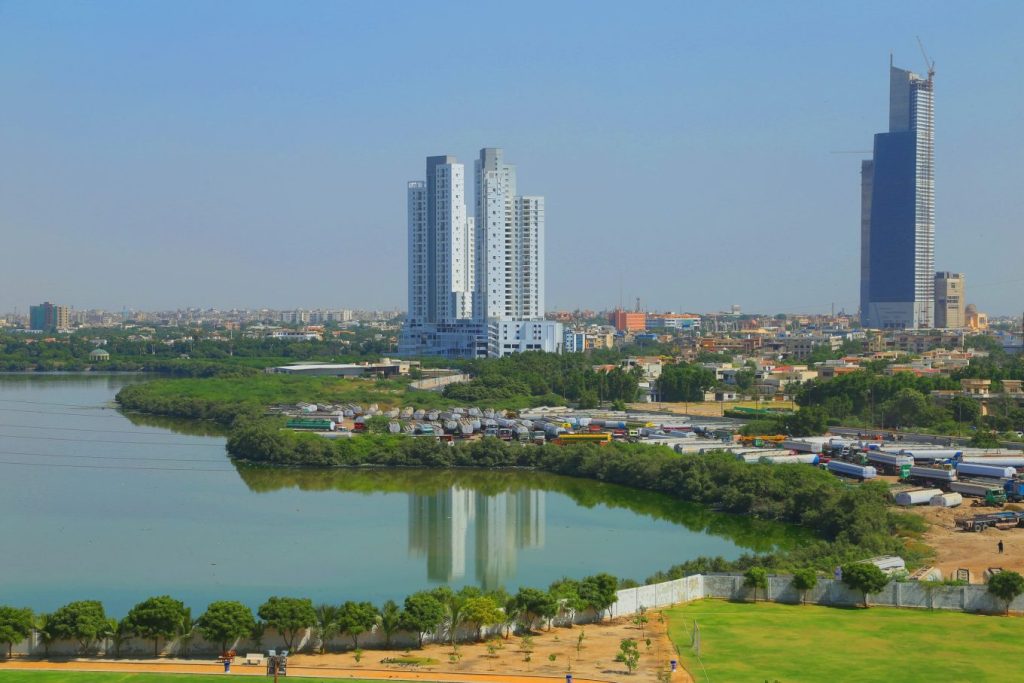
Tourist Attractions and Leisure
Besides historical sites, Karachi also offers various recreational and natural attractions:
Clifton Beach
Clifton Beach One of the most popular spots for both locals and tourists. It offers camel rides, horse rides, and food stalls.
Karachi Zoo
One of the oldest zoos in Pakistan, ideal for family visits.
PAF Museum
PAF Museum A great place for aviation enthusiasts, showcasing aircraft, radar systems, and military memorabilia.
Manora Island
Accessible via boat, Manora offers a peaceful escape from the city with its beach and lighthouse.
Dolmen Mall Clifton
For shopping and modern entertainment, Dolmen Mall houses local and international brands, a food court, and a play area for kids.
Food Culture of Karachi
Karachi is a food lover’s paradise. Its cuisine is a blend of spicy, rich, and flavorful dishes from all over Pakistan and beyond.
Popular Dishes:
- Biryani – Arguably the most iconic dish in Karachi.
- Nihari – A slow-cooked beef stew eaten with naan.
- Haleem – A thick stew made with lentils, wheat, and meat.
- Chaat & Gol Gappay – Street-side snacks.
- BBQ – Seekh kebabs, chicken tikka, and beef boti.
Food streets like Burns Road, Boat Basin, and Hussainabad are always buzzing with life, especially at night.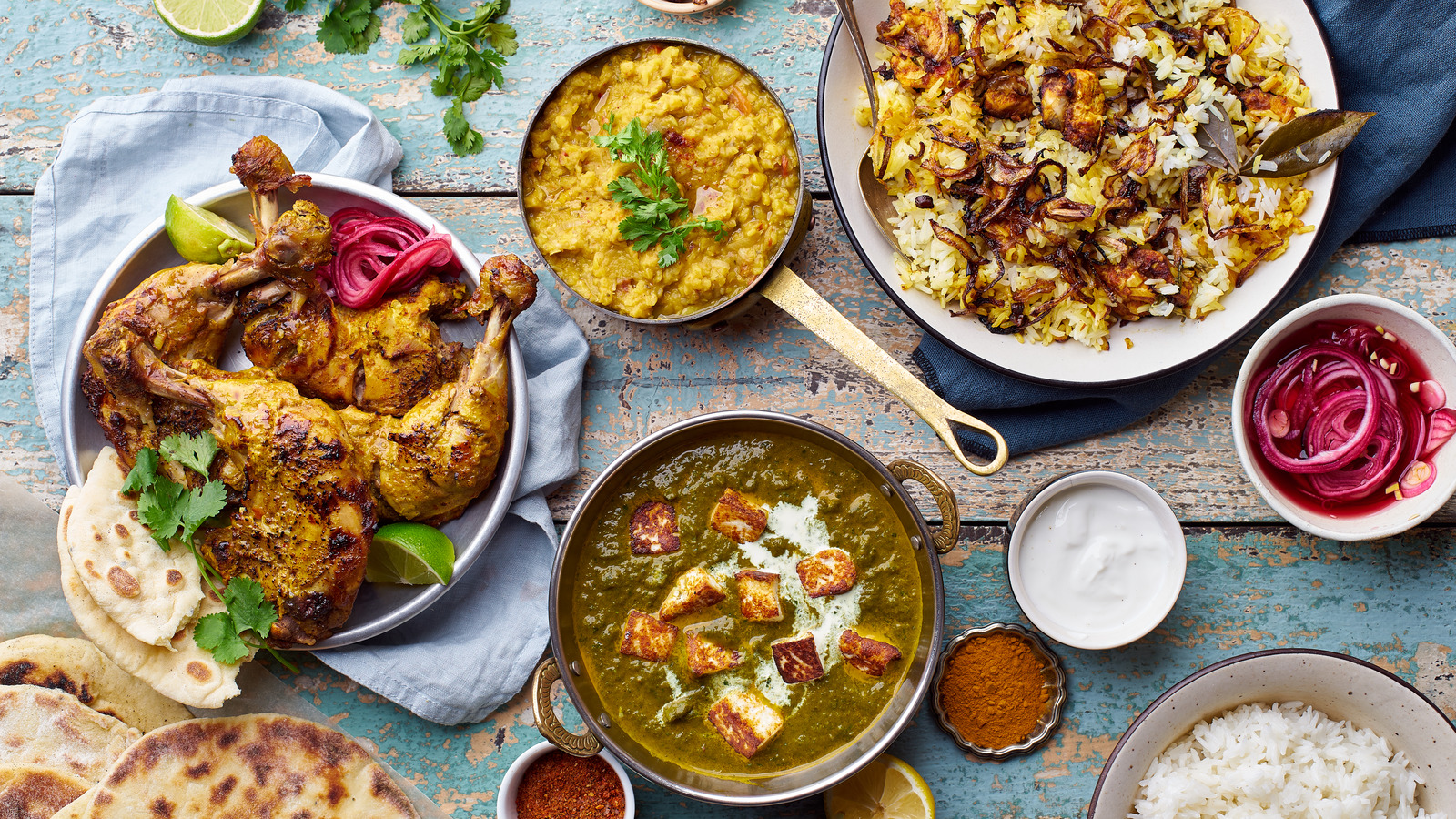
Transport and Infrastructure
Despite its population of over 20 million, Karachi’s public transport is limited. However, several projects aim to improve mobility.
Modes of Transport:
- Buses and Mini-buses – The most common but often overcrowded.
- Ride-hailing apps – Careem, Uber, and InDrive are popular.
- Rickshaws and Taxis – Widely available.
- Green Line BRT – A recent government initiative offering cleaner and faster bus service.
Roads like Shahrah-e-Faisal, M.A. Jinnah Road, and Super Highway connect different parts of the city. However, traffic congestionremains a major issue.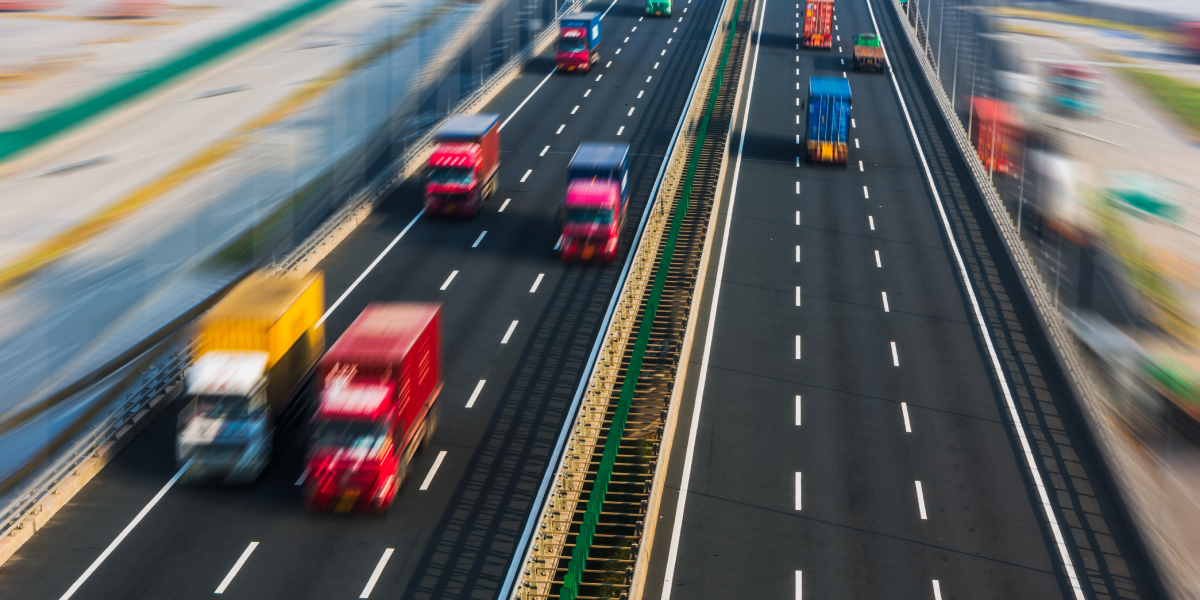
Religious Diversity
While Islam is the dominant religion, Karachi also has significant communities of Christians, Hindus, Parsis (Zoroastrians), and Ismailis.
Places of Worship:
- Masjid-e-Tooba – One of the largest domed mosques.
- St. Patrick’s Cathedral – A major Christian landmark.
- Swaminarayan Mandir – An important Hindu temple.
This religious tolerance, though challenged at times, adds to the cultural depth of the city.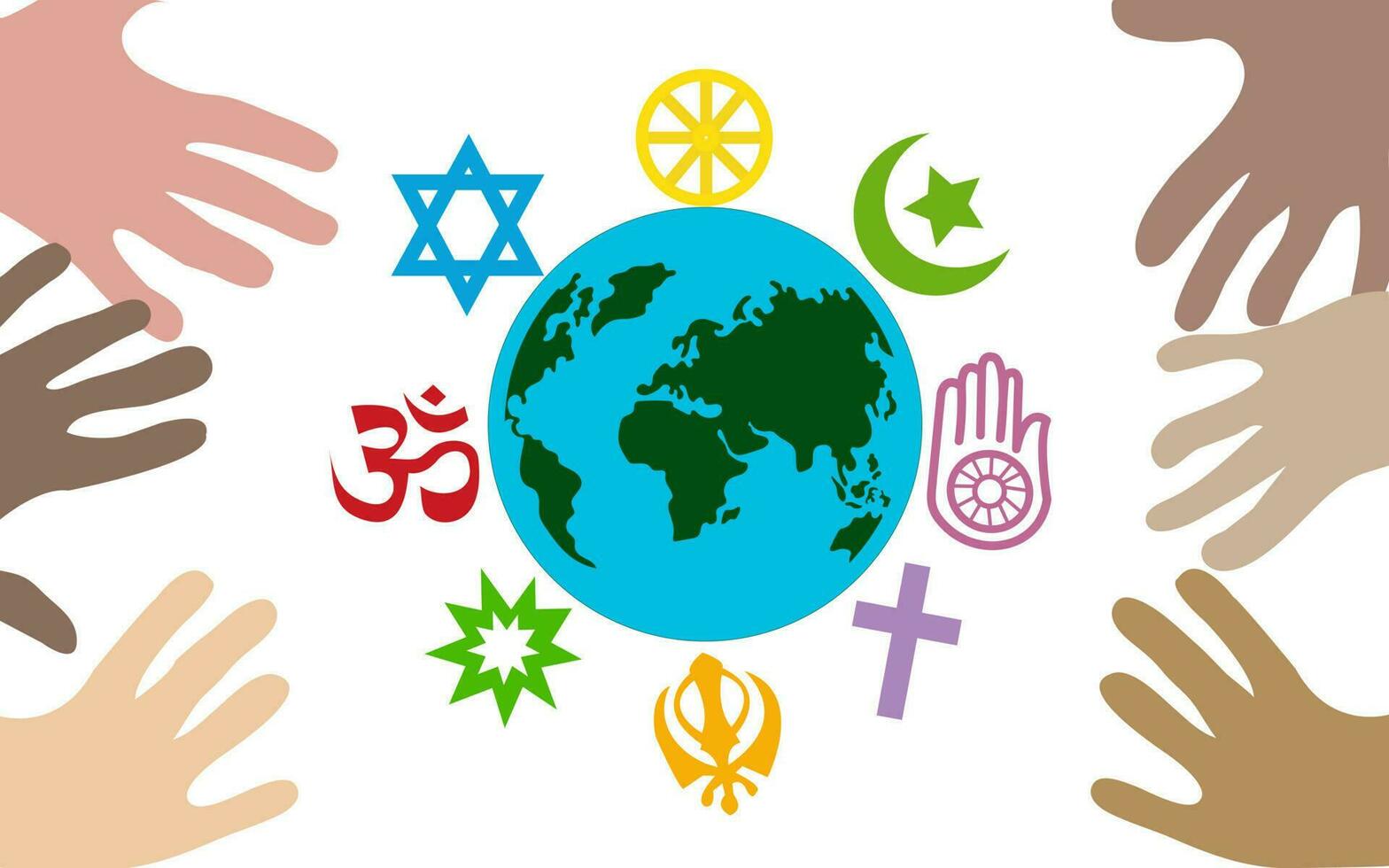
Challenges Faced by Karachi
Despite its many strengths, Karachi faces several challenges:
- Traffic and infrastructure problems
- Water shortages
- Urban planning and waste management issues
- Security concerns (which have improved significantly in recent years)
Efforts by both government and private sectors are underway to address these issues and make Karachi a more livable city.

Conclusion
Karachi, often called “The City of Lights”, is a city of contrasts—chaotic yet organized, ancient yet modern, diverse yet united. Whether you’re exploring its rich history, indulging in its flavorful cuisine, doing business, or simply soaking in the sea breeze, Karachi offers an unforgettable experience.
It stands as a symbol of Pakistan’s resilience, diversity, and ambition. For anyone interested in the heart and soul of the nation, Karachi is not just a city—it’s a world of its own.




